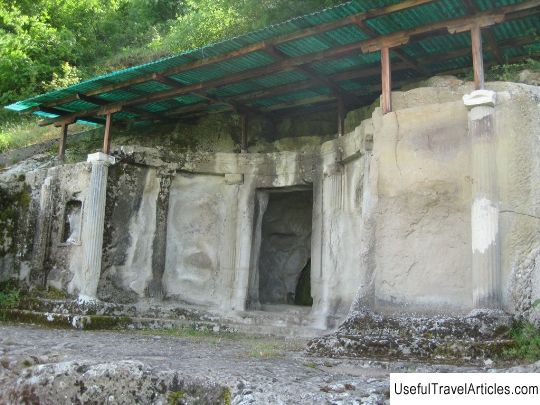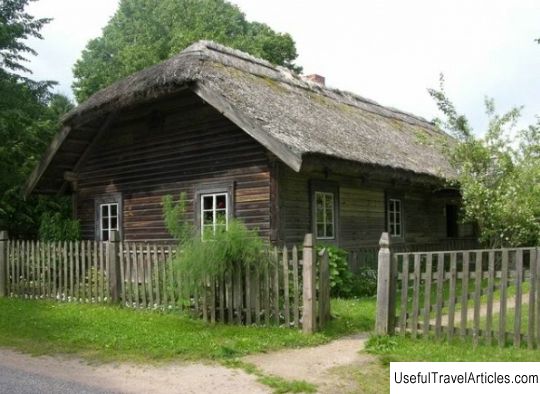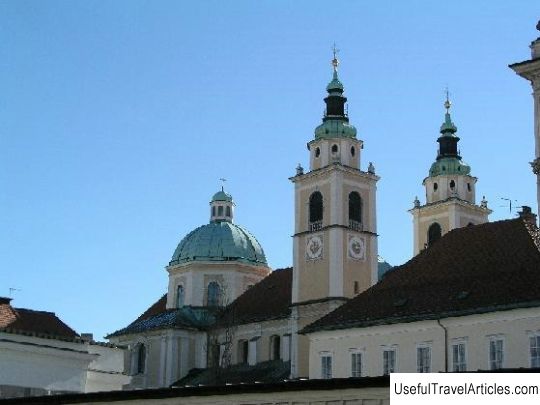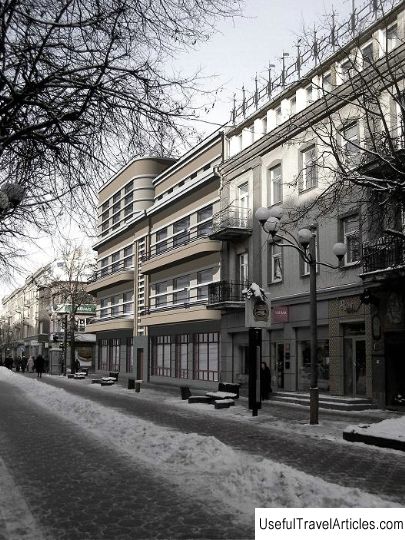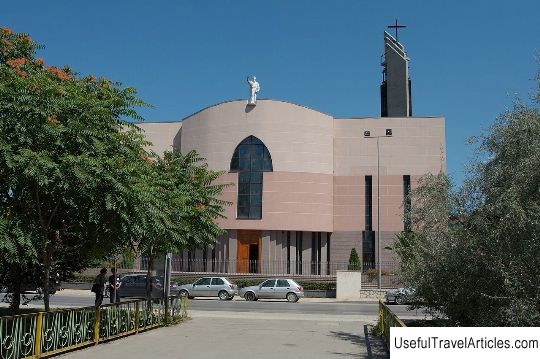National Museum of Lithuania (Lietuvos nacionalinis muziejus) description and photos - Lithuania: Vilnius
Rating: 8,6/10 (2134 votes) 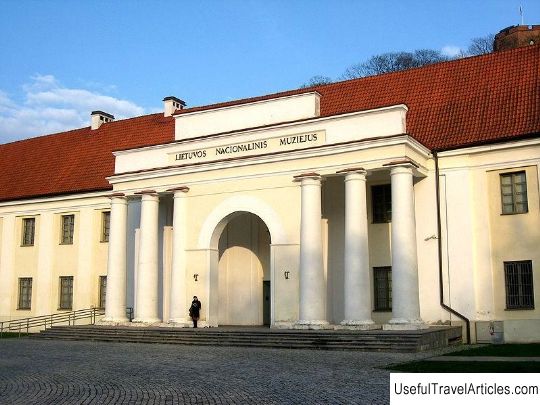
National Museum of Lithuania (Lietuvos nacionalinis muziejus) description and photos - Lithuania: Vilnius. Detailed information about the attraction. Description, photographs and a map showing the nearest significant objects. The name in English is Lietuvos nacionalinis muziejus. Photo and descriptionIn order to find out as much information as possible about the historical development of Lithuania, carefully consider the various periods of the development of the people, as well as see archaeological finds, it is worth visiting the National Museum of Lithuania. This oldest museum was opened in 1855 by the famous collector and researcher of Lithuanian culture Eustachy Tyshkevich. As soon as the museum began its work, it became especially popular among the Lithuanian citizens, because the museum was focused on the history and culture of the Grand Duchy of Lithuania. At the end of the 19th century, more than 12 thousand exhibits were collected in the museum fund, including collections of bronze things and products from various countries, graphics, weapons, local archaeological finds, coats of arms of cities of the Grand Duchy of Lithuania, Egyptian figurines, portraits of famous Radwills, Khreptovich, Chodkevich, Sapieha, Slutsk belts, sculptures of the 15-18 centuries, ancient manuscripts, Japanese, Chinese and Italian fabrics. After the events of the 1863 uprising, the bulk of the museum items were sent to Moscow, and the rest were placed in the public Vilnius library. From 1866 to 1941, the library and the museum worked in the same building. By 1915, the troops of the Eastern Front in the First World War approached Vilna, then the bulk of the exhibits were transported to Russia. In 1918, Lithuania gained independence. At this time, based on the museum collections of antiquities, as well as the Lithuanian scientific society, the Museum of History and Ethnography was planned. The director was Jonas Basanavicius, who was one of the first to sign the document on the independence of Lithuania. After 1919, the city of Vilnius became an integral part of the Polish-Lithuanian Commonwealth, and the organization itself was incorporated into the Vilnius University. Jonas Basanavicius has begun work on the collection of the museum's future collection. Only the opening of the cultural monument was postponed due to the occupation of Vilnius by the Poles. After some time, this work was taken over and finished by the museum worker and historian ilenas. At first the museum had a name: "Lithuanian Museum of History and Ethnography", but later the museum was renamed and given the name: "National Museum of Lithuania". In 1941, the Academy of Sciences decided to take over the collections of all museums in Vilnius. The museum again became a separate organization only closer to 1952. Then the museum was headed by Vincas Zilenas. In 1967 the museum was housed in the building of the New Arsenal of the Vilnius Castle Complex. Already in 1968 the main exposition was presented there. Between the 1970s and 1980s, a lot of materials related to the country's history were found and collected throughout Lithuania. The entire collection in the museum is divided and has five unique sections: history, archeology, iconography, numismatics and ethnography. At the moment, the museum has more than eight hundred thousand exhibits, including: icons, paintings, dishes, tools, medals, jewelry, various coins, clothes and a large number of other items. Only in this museum it is possible to observe the whole history of Lithuania, from the very beginning of the Grand Duchy of Lithuania to the beginning of the Second World War. From the very beginning of Lithuanian history, one can delve into the way of life of the Lithuanian people, their everyday life - you can get acquainted with all this in the ethnographic department of the museum, seeing the traditions and customs of the Lithuanians. In this section you can see: authentic interiors, household items, as well as great works of Lithuanian craftsmen, who so carefully convey the way of life of working peasants, artisans, burghers in the most diverse regions of the country and in the most different periods of development. In addition, expeditions of Lithuanian cultural researchers are still organized and annual archaeological excavations are carried out. The museum has a restoration hall, in which about half of all museum exhibits that are restored in Lithuania are restored and preserved. More than 250 thousand people visit the museum every year. The museum has thematic and sightseeing tours, and since 1996 classes have been held,         We also recommend reading Palace of the Emir of Bukhara description and photo - Russia - Caucasus: Zheleznovodsk Topic: National Museum of Lithuania (Lietuvos nacionalinis muziejus) description and photos - Lithuania: Vilnius. |
